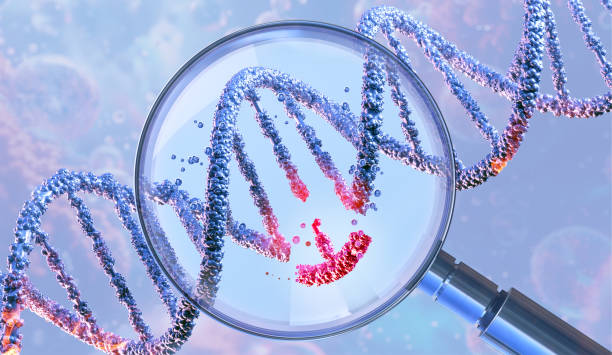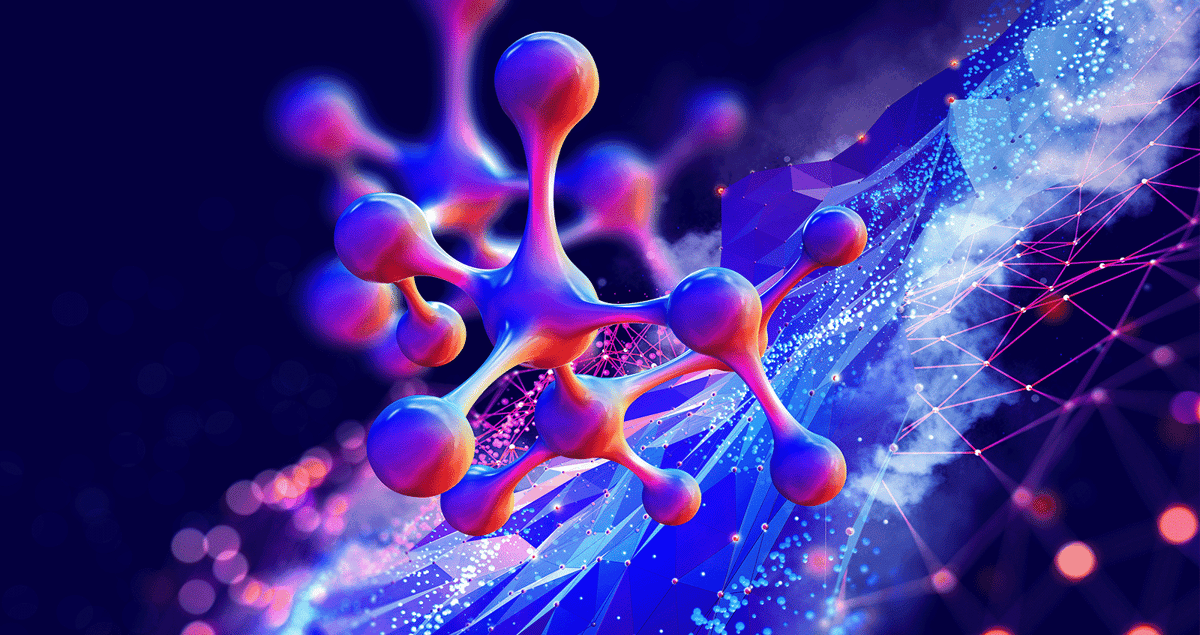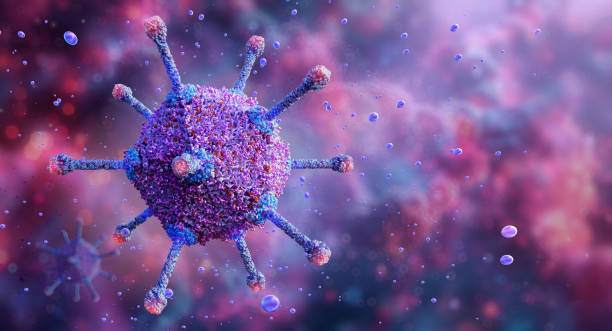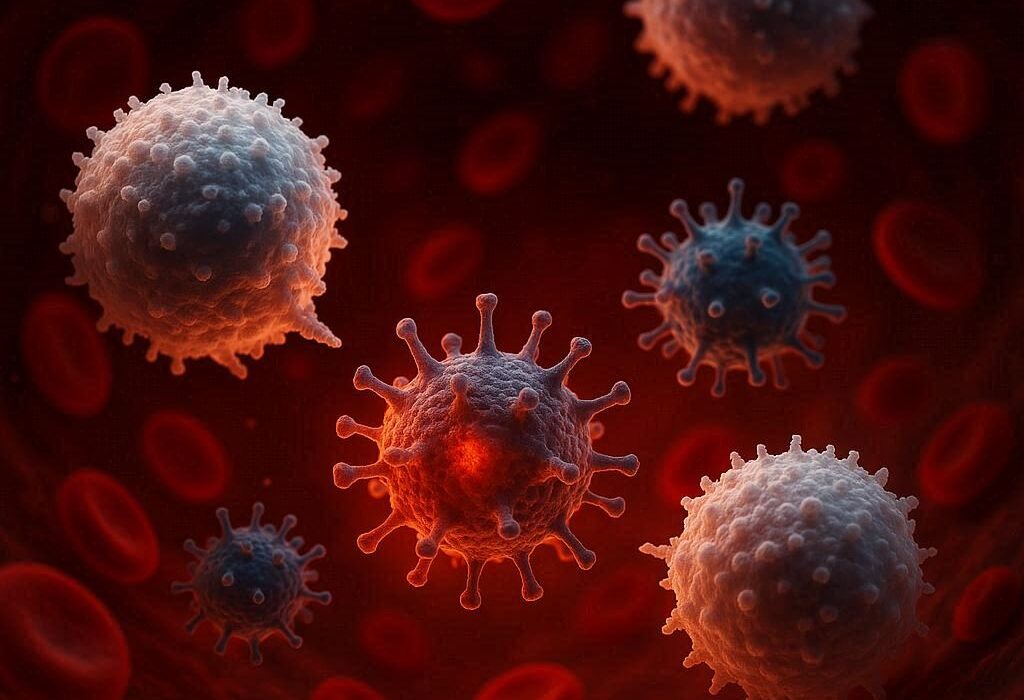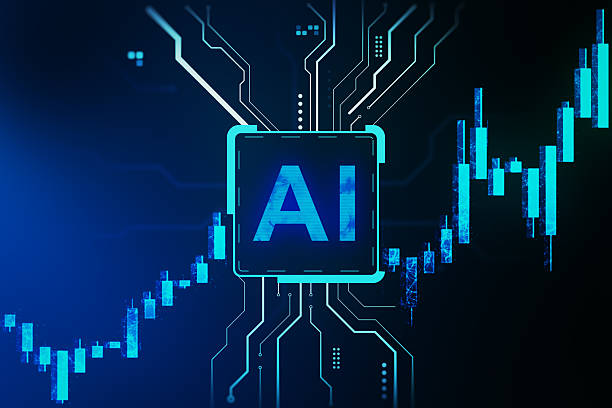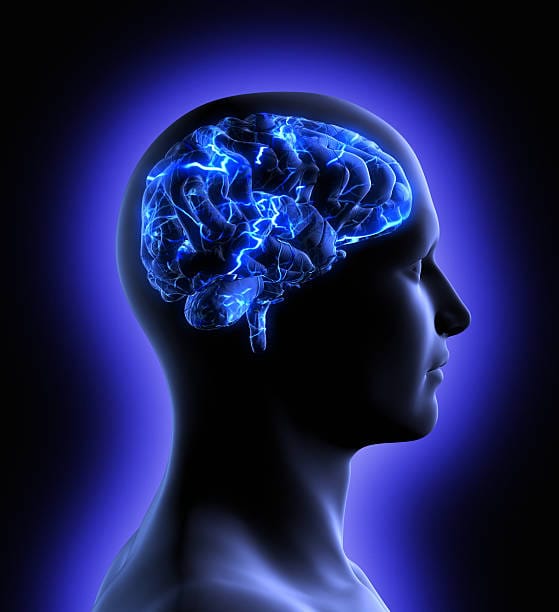Biotechnology is one of the most transformative forces shaping the 21st century. It is the science of harnessing living organisms, biological systems, and cellular processes to solve real-world problems. From the food we eat to the medicines we take, from environmental conservation to futuristic innovations like lab-grown organs, biotechnology is rewriting the rules of what is possible.
The journey of biotechnology has been breathtaking. What began with ancient humans fermenting grains into beer or using yeast to make bread has now advanced into gene editing, synthetic biology, and personalized medicine. Each breakthrough is not just a scientific achievement but a profound leap forward in how humanity understands and interacts with life itself.
In this article, we’ll explore 15 of the most revolutionary breakthroughs in biotechnology that everyone should know. These innovations are not only shaping science and medicine but also redefining the very future of humanity.
1. The Discovery of DNA Structure
No story of biotechnology can begin without the discovery of DNA’s double-helix structure in 1953 by James Watson and Francis Crick, with critical contributions from Rosalind Franklin and Maurice Wilkins. DNA—deoxyribonucleic acid—is the blueprint of life, carrying the genetic instructions that shape every living organism.
The revelation of its structure unlocked the molecular code of heredity. It marked the beginning of molecular biology and laid the foundation for everything that followed—genetic engineering, genomics, and synthetic biology. Without understanding DNA, the incredible biotechnological revolutions we see today would have been unimaginable.
2. Recombinant DNA Technology
In the 1970s, scientists achieved a milestone that forever transformed biology: recombinant DNA technology. This process involves cutting DNA from one organism and inserting it into another, effectively allowing scientists to create new combinations of genetic material.
Herbert Boyer and Stanley Cohen pioneered this technique, and the first genetically modified organisms (GMOs) were born. This breakthrough opened the door to producing insulin using bacteria, creating genetically modified crops, and developing countless medical therapies. It was the moment when humans gained the ability to edit life’s instruction manual.
3. The Polymerase Chain Reaction (PCR)
Few techniques have had as wide-reaching an impact as Polymerase Chain Reaction (PCR), developed by Kary Mullis in 1983. PCR allows scientists to make billions of copies of a specific DNA sequence from just a tiny sample.
This seemingly simple process revolutionized biotechnology by making genetic analysis accessible and routine. PCR underpins everything from DNA fingerprinting in forensic science to detecting genetic diseases, studying ancient DNA, and identifying viruses such as HIV or SARS-CoV-2. It became so vital that Mullis was awarded the Nobel Prize in Chemistry in 1993.
4. The Human Genome Project
Launched in 1990 and completed in 2003, the Human Genome Project (HGP) was one of the greatest scientific undertakings in history. The goal was audacious: to map all 3 billion base pairs of human DNA and identify every gene.
When the project concluded, it provided humanity with the blueprint of its own biology. The insights have been revolutionary—leading to advances in personalized medicine, disease gene identification, and a deeper understanding of human evolution. Today, genome sequencing is faster and cheaper than ever, thanks to the foundations laid by the HGP.
5. CRISPR-Cas9 Gene Editing
Perhaps no biotechnological breakthrough has generated as much excitement in recent years as CRISPR-Cas9. Discovered in bacteria as part of their immune defense system, CRISPR is a powerful tool that allows scientists to “edit” DNA with remarkable precision.
Developed into a gene-editing technology in 2012 by Jennifer Doudna and Emmanuelle Charpentier (who later won the Nobel Prize), CRISPR has transformed biology. It has the potential to cure genetic diseases, create disease-resistant crops, and even alter entire species.
The power of CRISPR is both thrilling and controversial, raising profound ethical questions about how far humanity should go in rewriting the code of life.
6. Stem Cell Technology
Stem cells are the body’s raw materials—cells that can develop into any other type of cell. The ability to harness and manipulate stem cells has been one of the most promising breakthroughs in biotechnology.
In the late 1990s, scientists isolated human embryonic stem cells, sparking both excitement and ethical debates. Later, the discovery of induced pluripotent stem cells (iPSCs)—adult cells reprogrammed back into a stem-cell-like state—opened even greater possibilities without ethical concerns.
Stem cell technology holds the potential to regenerate tissues, treat spinal cord injuries, and grow organs in the lab, revolutionizing regenerative medicine.
7. Monoclonal Antibodies
The development of monoclonal antibodies in the 1970s transformed medicine. These are laboratory-produced molecules designed to mimic the immune system’s ability to fight harmful pathogens.
Monoclonal antibodies have become powerful tools in treating cancers, autoimmune diseases, and infectious diseases. They are behind therapies like Herceptin for breast cancer and Humira for rheumatoid arthritis. During the COVID-19 pandemic, monoclonal antibodies became a frontline treatment against the virus.
Their precision has made them one of the most successful classes of drugs in modern medicine.
8. RNA-Based Therapies and mRNA Vaccines
For decades, RNA was seen only as a messenger—a molecule carrying genetic instructions from DNA to proteins. But recent breakthroughs have turned RNA itself into a therapeutic tool.
The most famous example is the development of mRNA vaccines against COVID-19, created by Pfizer-BioNTech and Moderna. These vaccines used synthetic mRNA to instruct cells to produce a harmless viral protein, training the immune system to recognize and fight the real virus.
Beyond vaccines, RNA-based therapies are being explored to treat rare genetic disorders, cancers, and viral infections. The success of mRNA technology has opened an entirely new era in biotechnology and medicine.
9. Gene Therapy
Gene therapy is the bold idea of treating diseases by fixing the genes themselves. Instead of just managing symptoms, gene therapy targets the root cause—faulty DNA.
The first gene therapy trials in the 1990s were risky and controversial, but progress has accelerated. Today, gene therapies are approved for rare diseases like spinal muscular atrophy and certain types of blindness. Scientists are also working on therapies for sickle cell anemia, muscular dystrophy, and even cancers.
While still expensive and complex, gene therapy represents a fundamental shift in medicine: from treating disease to curing it at the genetic level.
10. Synthetic Biology
Synthetic biology takes genetic engineering a step further. Instead of just modifying existing organisms, it involves designing and constructing entirely new biological systems.
This emerging field has already produced bacteria that can make biofuels, yeast that can synthesize pharmaceuticals, and engineered organisms that clean up environmental waste. Some scientists even talk about creating synthetic life from scratch.
Synthetic biology blurs the line between biology and engineering, offering both immense promise and serious ethical challenges. Could we design life itself to meet human needs? Biotechnology is moving closer to that possibility.
11. Organoids and Lab-Grown Organs
One of the most exciting developments in biotechnology is the ability to grow organoids—miniature, simplified versions of organs grown from stem cells. These organoids mimic real organs closely enough to be used for research and drug testing.
Beyond organoids, scientists are working on growing full-sized organs in the lab, potentially solving the critical shortage of donor organs for transplantation. Imagine a future where patients receive organs grown from their own cells, eliminating rejection risks and saving countless lives.
This is no longer science fiction—it is rapidly becoming science fact.
12. CAR-T Cell Therapy
Cancer has long been one of the most formidable challenges in medicine. A breakthrough approach known as CAR-T cell therapy has opened a new front in the battle.
In this therapy, a patient’s own T cells (a type of immune cell) are genetically engineered to better recognize and attack cancer cells. Once reinfused into the patient, these supercharged T cells can hunt down and destroy tumors.
CAR-T therapy has already shown dramatic success in treating certain blood cancers, giving hope to patients for whom other treatments had failed. While challenges remain in cost and side effects, CAR-T represents a new era of personalized cancer treatment.
13. Microbiome Research
The human body is home to trillions of microorganisms—collectively called the microbiome. In recent years, biotechnology has revealed just how crucial these microbial communities are to our health.
The gut microbiome, for example, influences digestion, immunity, metabolism, and even mental health. Disruptions to the microbiome have been linked to conditions like obesity, diabetes, and depression.
Biotechnology is now exploring ways to harness the microbiome for therapies—using probiotics, engineered bacteria, or even microbiome transplants to restore balance and improve health. This field is still in its infancy, but it has the potential to transform medicine.
14. Agricultural Biotechnology and GMOs
Biotechnology has not only reshaped medicine but also revolutionized agriculture. Genetically modified crops have been developed to resist pests, tolerate herbicides, and withstand harsh conditions. This has increased food production and reduced the need for chemical pesticides.
Golden Rice, for example, was engineered to contain vitamin A, addressing malnutrition in parts of the world. Other innovations include drought-resistant corn, pest-resistant cotton, and disease-resistant bananas.
While GMOs have sparked debates over safety and ethics, the role of biotechnology in feeding a growing global population is undeniable. Agricultural biotechnology remains one of the most impactful applications of modern science.
15. Bioprinting and the Future of Medicine
Perhaps the most futuristic breakthrough in biotechnology is bioprinting—the use of 3D printing technology to create living tissues. Using “bio-inks” made of cells, scientists can print structures like skin, cartilage, and even blood vessels.
In the future, bioprinting could produce fully functional organs for transplantation, customized for each patient. Researchers are also exploring its use for drug testing, allowing new medicines to be tested on human-like tissues without relying on animal models.
Though still in its early stages, bioprinting holds the promise of a medical revolution—where the boundaries between biology, engineering, and technology blur into one.
Conclusion
Biotechnology is not just a scientific field; it is a force reshaping humanity’s future. From decoding DNA to editing genes, from growing organs in labs to engineering new forms of life, biotechnology has given us the power to transform medicine, agriculture, and the environment.
These 15 breakthroughs represent milestones in our journey, but they are only the beginning. The future of biotechnology will bring even more astonishing innovations—ones that may cure once-untreatable diseases, feed billions, and even redefine what it means to be human.
We stand at the edge of a new era, where science and life intertwine in ways once thought impossible. And as each breakthrough unfolds, biotechnology reminds us of our greatest gift: the ability to not only understand life but to shape it.
